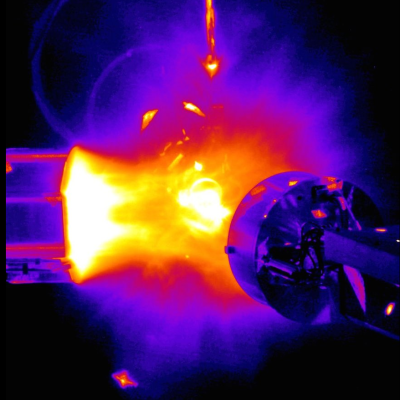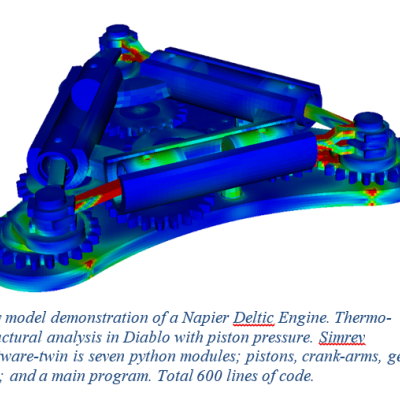LLNL researchers have developed a fabrication process for creating 3D random interdigitated architectures of anodes and cathodes, eliminating the need for a membrane to separate them. This approach is similar to the repeating interdigitated multi-electrode architectures that also were developed at LLNL.
Keywords
- Show all (50)
- Electric Grid (8)
- Carbon Utilization (6)
- Data Science (5)
- Cybersecurity (4)
- Materials for Energy Products (4)
- Additive Manufacturing (2)
- Computing (2)
- Direct Air Capture (2)
- Imaging Systems (2)
- Power Electronics (2)
- Synthesis and Processing (2)
- Analysis (1)
- Geologic Storage (1)
- Inertial Fusion Energy (IFE) (1)
- Information Technology (1)
- Membranes (1)
- Quantum Science (1)
- Spectrometers (1)
- (-) 3D Printing (2)
- (-) Simulation (2)


Improving the active material of the Zn anode is critical to improving the practicality of Zn-MnO2 battery technology. LLNL researchers have developed a new category of 3D structured Zn anode using a direct-ink writing (DIW) printing process to create innovative hierarchical architectures. The DIW ink, which is a gel-based mixture composed of zinc metal powder and organic binders, is extruded…


Simrev is a python library imported into a user-generated program. As the program grows in capability and complexity, the engineered product matures. The "software twin" handles all changes to product configuration and is the portal to running supercomputing analysis and managing workflow for engineering simulation codes. Assemblies become program modules; parts, materials, boundary conditions…
